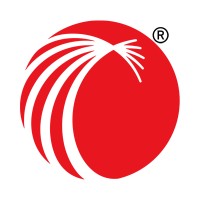
TD SYNNEX
We’re TD SYNNEX (NYSE: SNX), a leading distributor and solutions aggregator for the IT ecosystem. We’re 23,000 of the IT industry’s best and brightest, who share an unwavering passion for bringing compelling technology products, services and solutions to the world. We’re an innovative partner that helps our customers maximize the value of IT investments, demonstrate business outcomes and unlock growth opportunities. At our core, we’re a company that cares. We care about our partners, our co-workers, our investors and the world around us. And we’re committed to being a diverse, inclusive employer of choice and a good corporate citizen.






